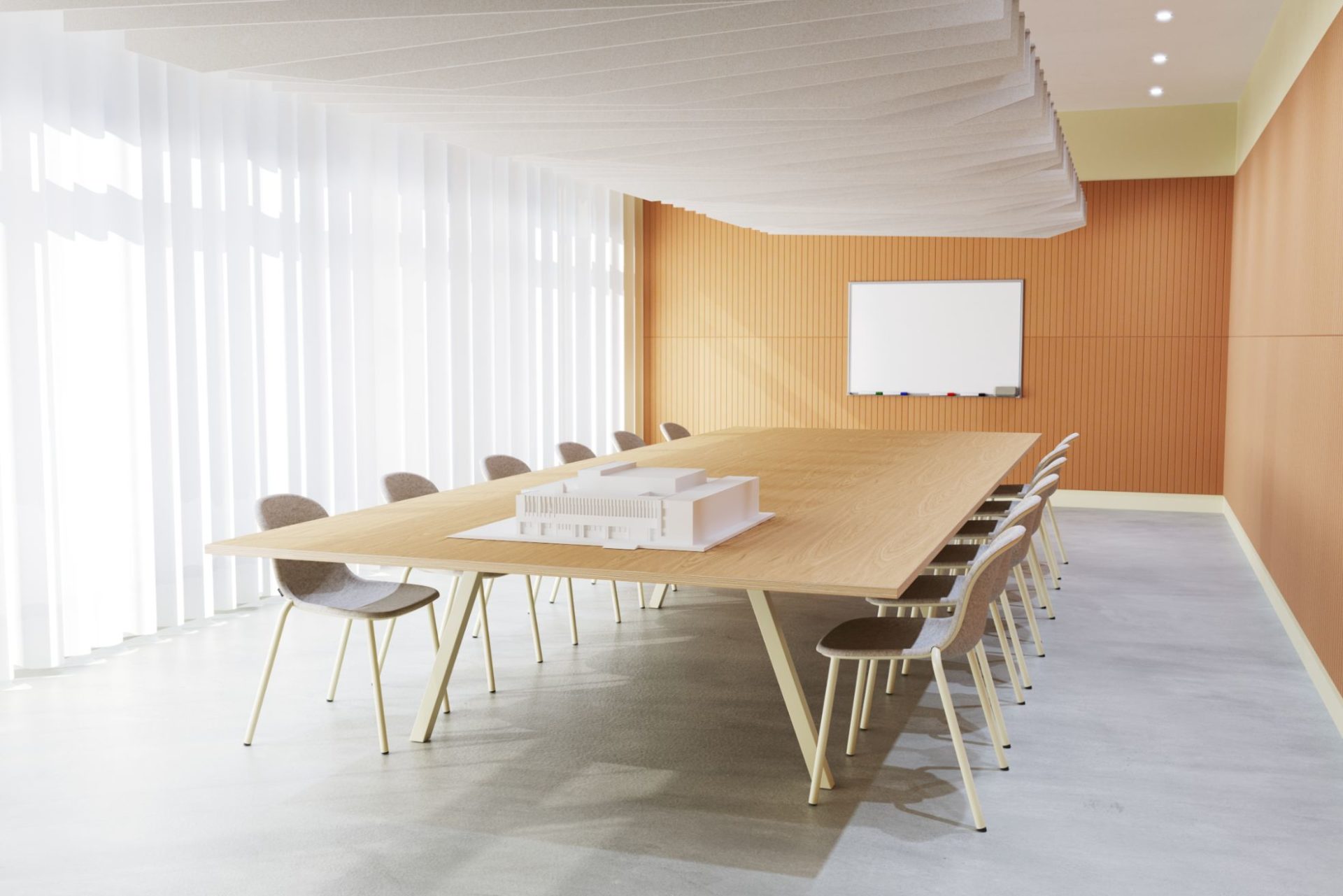Sound Matters: Boost Your Setting with Acoustic Solutions
Sound Matters: Boost Your Setting with Acoustic Solutions
Blog Article
Achieve Perfect Harmony in your house With Reliable Soundproofing Approaches for Ideal Acoustics
Soundproofing plays an essential duty in achieving optimum acoustics, influencing the method we experience and interact with our living areas. By understanding the basics of soundproofing, identifying resources of sound disturbances, picking appropriate materials, and using tried and tested methods, you can change your home right into a haven of peace where sound boosts rather than interrupts.

Understanding Soundproofing Basics
Soundproofing is rooted in the understanding of how audio waves travel and communicate with various products. The secret to successful soundproofing lies in interfering with or soaking up these sound waves to minimize their transmission from one room to one more.
Comprehending the idea of sound transmission course (STC) scores is vital in choosing the right products for soundproofing. The STC score measures just how well a material can lower airborne sound transmission with it, with higher STC ratings suggesting much better soundproofing capabilities. In addition, taking into consideration the effect of influence insulation class (IIC) ratings for minimizing impact sound, such as footsteps or furnishings moving, can even more improve the effectiveness of soundproofing remedies.
Evaluating Sound Sources in your house
Building upon the fundamental understanding of soundproofing principles, an important step in reliable noise mitigation within your home entails identifying and analyzing the various resources of unwanted noise. Noise resources can be categorized into 2 main types: air-borne sound, which includes seem like conversations, songs, and television, and effect sound, such as footsteps or items being dropped. To analyze these sources, think about the various areas in your home and the activities that normally take place in each. The living area may have much more airborne sound from amusement systems, while influence sound from footsteps may be an issue in areas with difficult flooring like hallways or kitchen areas.
In addition, take into consideration outside sources of noise, such as traffic, next-door neighbors, or neighboring building and construction, which can additionally affect the acoustics within your home. acoustic solutions. Determining these resources will help you prioritize locations for soundproofing and select the most effective solutions. By determining the details sound sources in your home, you can customize your soundproofing efforts to achieve optimum outcomes and produce a more peaceful and unified living atmosphere
Picking the Right Soundproofing Materials
When choosing soundproofing products for your home, it is necessary to prioritize efficiency and compatibility with your specific sound concerns. Think about variables such as the sort of sound you are attempting to block, the level of soundproofing required, and the aesthetic appeals of the products to ensure they blend perfectly into your living space.
One common material for soundproofing is acoustic foam. This light-weight and functional product is excellent for soaking up mid to high-frequency noises, making it optimal for music rooms, home cinemas, or workplaces. One more choice is mass-loaded vinyl, which works in obstructing out low-frequency noises like web traffic or machinery noises. For wall surfaces and ceilings, soundproof drywall is a prominent selection as a result of its ability to decrease noise transmission between spaces.
Curtains and rugs made from sound-absorbing materials are also effective in dampening noise, particularly in areas with hard surface areas that create audio to jump about. Bear in mind, the trick to effective soundproofing is choosing the ideal materials that address your particular noise issues while enhancing the total convenience and acoustics of your home.
Applying Soundproofing Strategies
To properly apply soundproofing strategies in your house, it is important to start by evaluating the areas that are most you could check here at risk that site to sound infiltration. Common sources of sound can consist of external sounds from website traffic, next-door neighbors, or close-by building, along with internal resources like devices, plumbing, and home entertainment systems. Once you have actually determined these areas, you can begin carrying out soundproofing services customized to every particular room.

For even more substantial sound reduction, consider installing soundproof drywall, double-glazed windows, or durable networks to separate resonances. In addition, repositioning furnishings, including shelfs, or incorporating sound-absorbing materials can further enhance the acoustics of a room. By purposefully executing these soundproofing methods, you can produce a quieter and even more calm living setting in your house.
Keeping and Improving Acoustic Setting
After applying soundproofing strategies to resolve sound seepage in your home, the focus shifts in the direction of keeping and boosting the acoustic setting to ensure a consistently serene space. To keep optimum acoustics, routinely examine soundproofing products for deterioration, ensuring they remain reliable in blocking unwanted noise. Maintain windows and doors effectively secured to helpful resources stop sound leak and think about adding weather removing or door sweeps for additional soundproofing.
Improving the acoustic setting can include critical positioning of furniture, carpets, and curtains to dampen audio reflections and mirrors. Using sound-absorbing materials such as acoustic panels or foam can better improve the overall audio quality in your house. acoustic solutions. Furthermore, incorporating soft home furnishings like pillows and coverings can help in reducing sound reverberation, developing a much more positive acoustic experience
Furthermore, purchasing sound-absorbing design elements like bookshelves, tapestries, or plants can add to a balanced acoustic setting. Frequently decluttering your space can likewise prevent acoustic waves from bouncing off surface areas, ultimately enhancing the total acoustics of your home. By regularly keeping and enhancing your acoustic atmosphere, you can develop a harmonious and relaxing home for on your own and your family members.
Verdict
Finally, accomplishing ideal harmony in your home through effective soundproofing approaches is crucial for optimum acoustics. By comprehending soundproofing basics, assessing sound resources, choosing the right products, carrying out techniques, and maintaining the acoustic setting, you can produce a tranquil and enjoyable home complimentary from unwanted sound disruptions. Prioritizing soundproofing initiatives can significantly improve the general lifestyle in your house.
Report this page